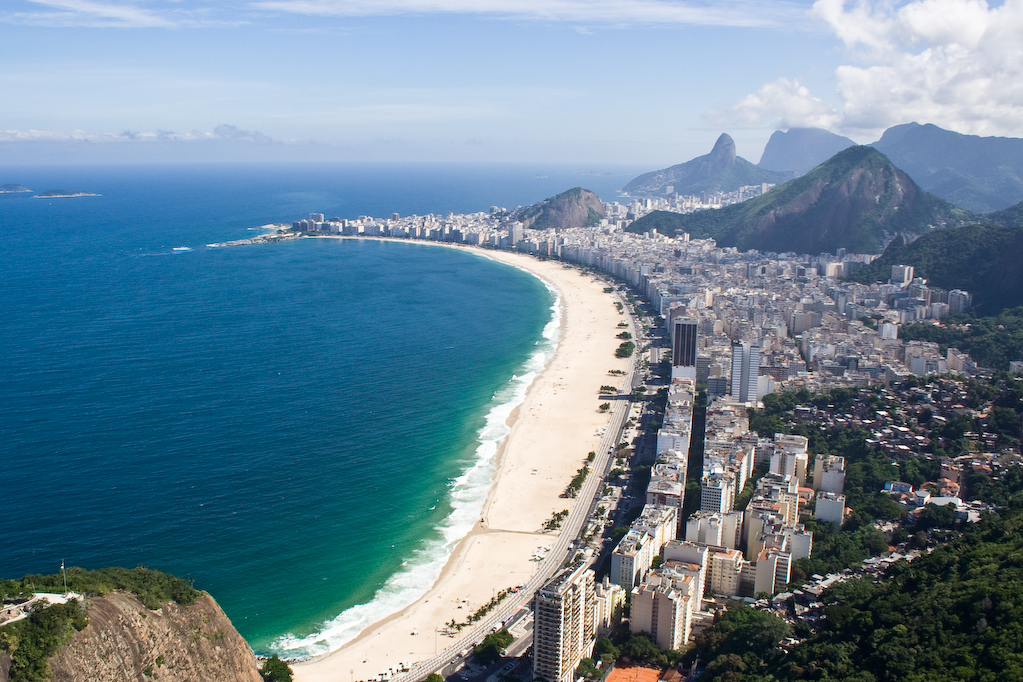
January and the New Year celebration in Brazil falls in the summer. As December sees the end of the school year and Christmas festivities, no sooner is the last piece of turkey eaten, than most Brazilians flock to the beach with family or friends to spend New Year’s and get some vacation days by the sea.
Copacabana, one of the most famous beaches in Rio de Janeiro, was the setting of a 24-ton pyrotechnics extravaganza for the approximately 2.3 million people who gathered there to celebrate the countdown to 2013. You can watch a sample of this on the video below.
New Year\’s on Copacabana Beach, Rio de Janeiro
Not all Brazilian beaches offer such spectacular parties, but the majority will be the scene for luaus where Brazilians usher in the New Year with a multitude of traditional rituals and ceremonies meant to bring good fortune and success.
Some of these are intrinsically associated with Iemanjá, one of the orixás or goddesses of the Umbanda religion brought to Brazil by African slaves. People of all religions throughout Brazil celebrate Iemanjá on different dates, mostly in the summer. She is believed to protect sailors and fishermen, but she is also thought to grant people’s wishes for the incoming year. So on December 31 in Rio de Janeiro people go to the beach and place gifts such as flowers, lit candles and paintings of Iemanjá and of other Catholic saints for her in the sea.
Brazilians call New Year’s Eve parties Réveillon or festa de virada do ano, and celebrate it with a late dinner, the usual champagne poping, counting the twelve chimes of the clock. After midnight, samba and carnival style revelry is the norm, with fireworks displays at large venues or city centers.
Some of the auspicious rituals to start the year on the right foot or simpatias para começar o ano com o pé direito, include:
usar roupa branca dos pés à cabeça para um ano de paz, wearing white, from head to toe, for a peaceful year;
usar roupa de baixo nova, vermelho para energia, amarelo para prosperidade, laranja para sucesso profissional, azul para paz e harmonia, verde para saúde, wearing a new pair of underwear, red for energy, yellow for prosperity, orange for professional success, blue for peace and harmony, green for health;
pular sete ondas do mar para dar sorte, jumping seven waves at the seaside for luck;
dar às crianças notas bancárias novas em folha para um future rico, giving children crisp-new banknotes for a wealthy future and
comer sete uvas ou sementes de romã para abundância, eating seven grapes or grains of pomegranate for abundance.
Seven is also a cabalistic lucky number as it represents the Umbanda god Exu, son of Iemanjá.
Even if you can’t be at the beach, it doesn’t hurt to try one of the above good-luck rituals and say as they do in Brazil: Feliz Ano Novo! Happy New Year!